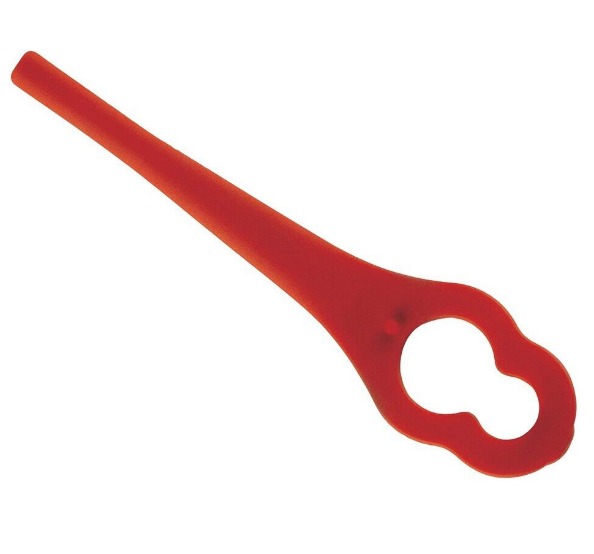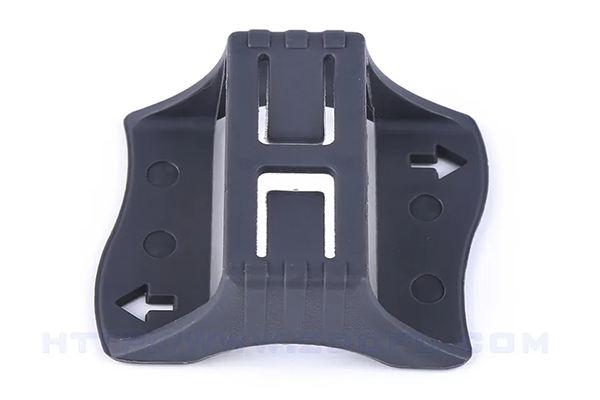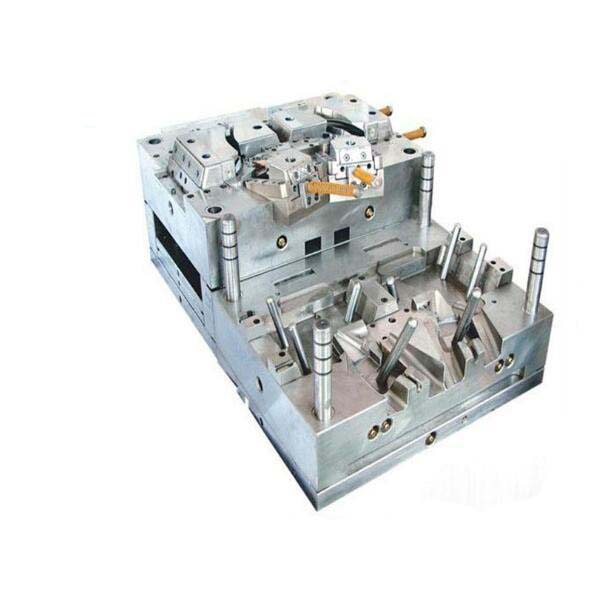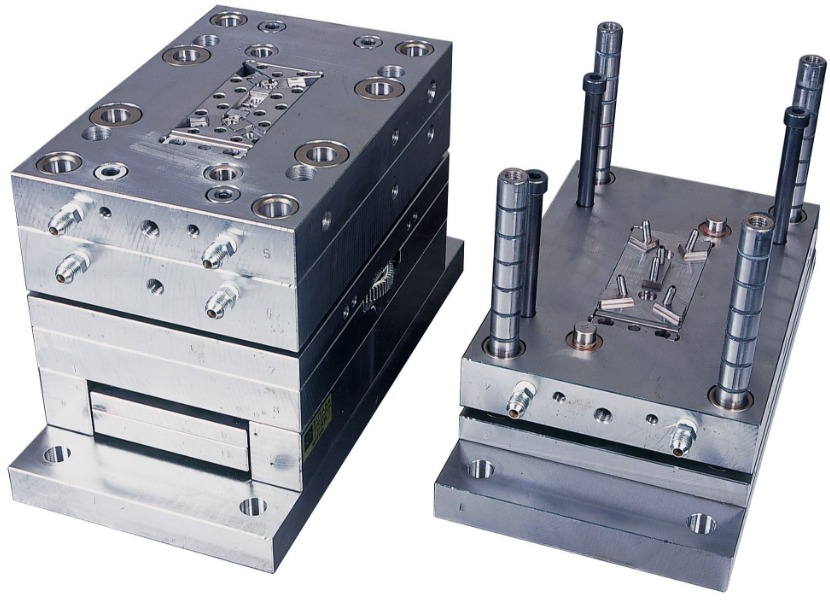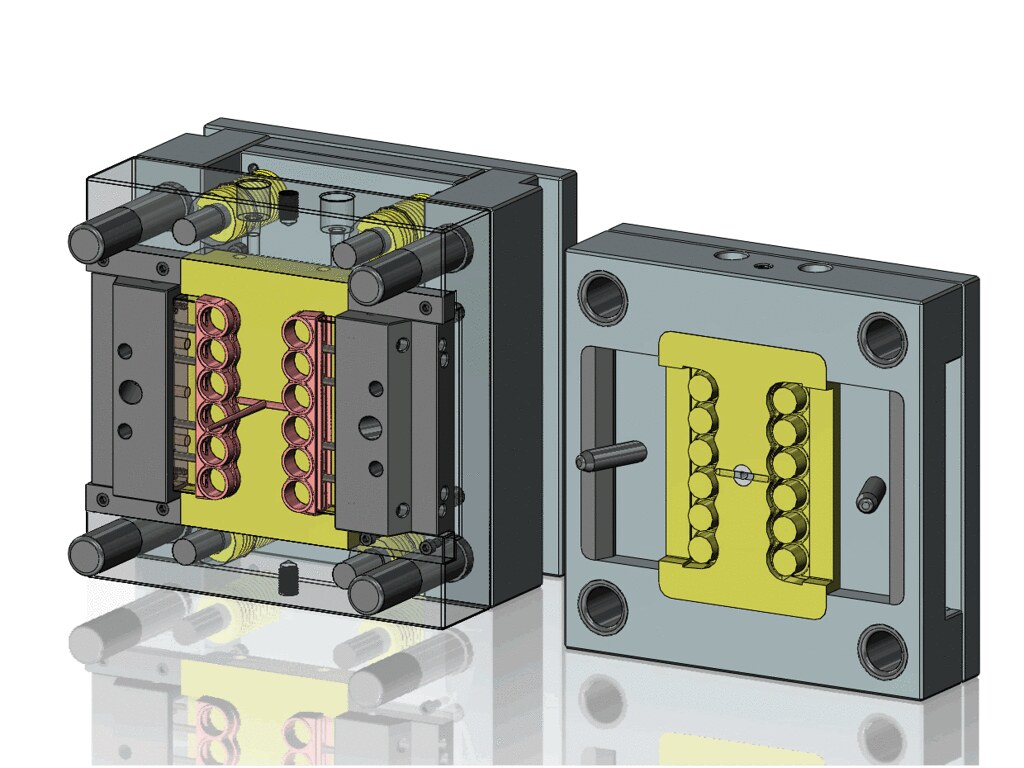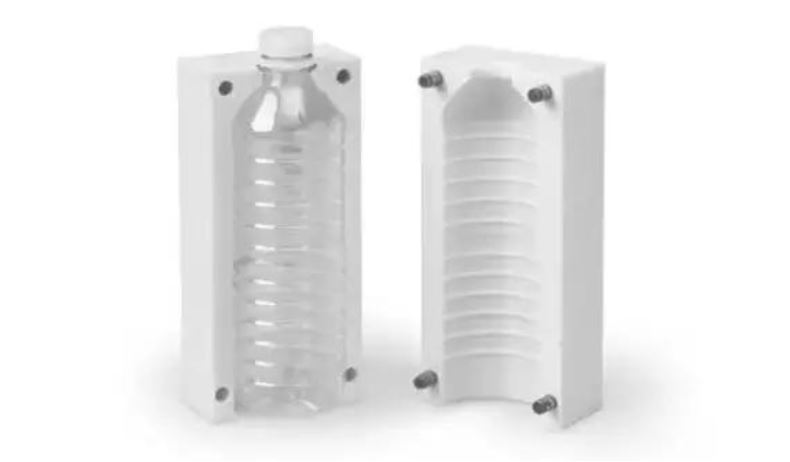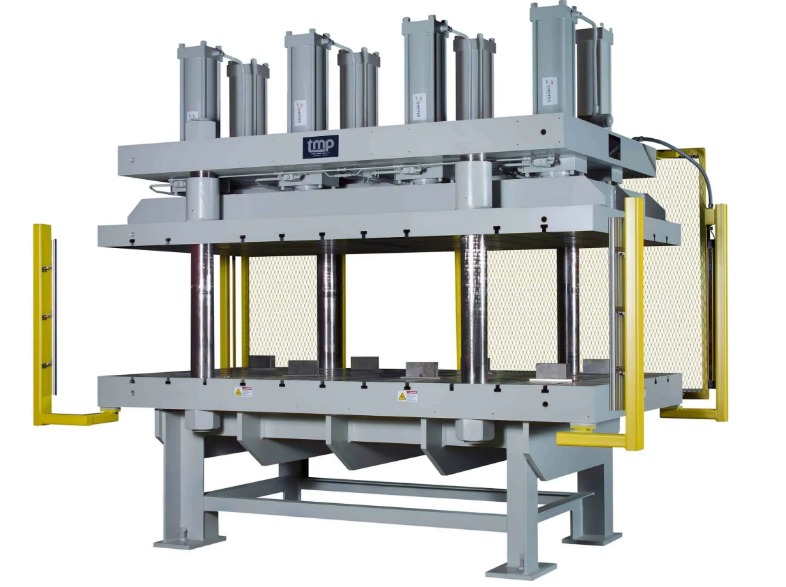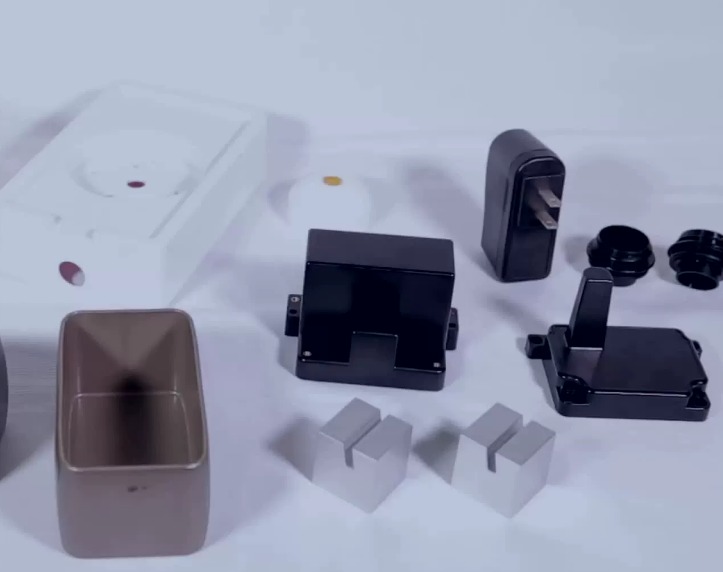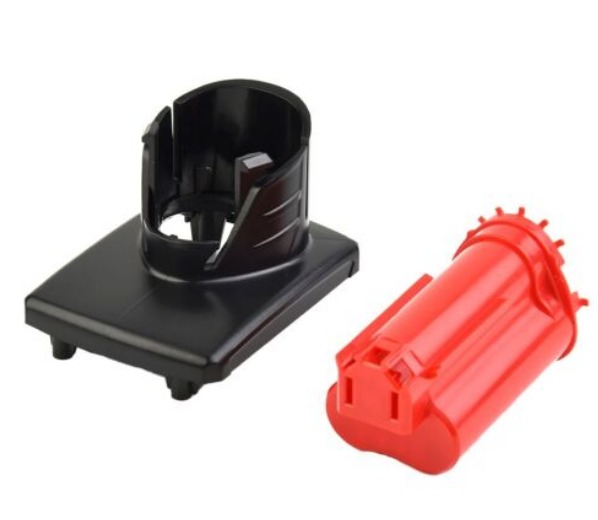Introduction to Injection Moulding
Injection moulding is a widely used manufacturing process in the plastics industry. It involves melting plastic pellets and injecting the molten plastic under high pressure into a mould cavity. Once the plastic has cooled and solidified within the mould, the mould is opened, and the finished plastic part is ejected. This process is highly efficient for producing high - volume, complex - shaped plastic components with tight tolerances.
The applications of injection - moulded products are vast, ranging from small and intricate parts like electronic components and medical devices to large consumer goods such as automotive bumpers and household appliances. For example, in the automotive industry, many interior components like dashboards, door panels, and cup holders are made through injection moulding. This process allows for mass production while maintaining consistent quality.
In this comprehensive guide, we will explore the different types of injection moulding. Understanding these types is crucial as it helps manufacturers choose the most suitable method for their specific product requirements, whether it's related to the material used, the complexity of the part design, production volume, or cost - effectiveness. Each type of injection moulding has its unique characteristics, advantages, and limitations, which we will delve into in the following sections.
The Basics of Injection Moulding Process
- Melting of Plastic Pellets
- The injection moulding process commences with plastic pellets being fed into a heated barrel. The barrel is equipped with a heating system, typically composed of electrical heaters. For example, in a standard injection - moulding machine used for general - purpose plastics like polyethylene (PE) or polypropylene (PP), the barrel temperature can range from 180°C to 250°C.
- As the pellets move along the barrel, they are melted by the heat and the mechanical action of a rotating screw. The screw not only conveys the pellets but also shears and mixes the plastic, ensuring uniform melting. This melting process is crucial as it prepares the plastic to be in a highly fluid state, enabling it to be injected into the mould cavity easily.
- Injection into the Mould
- Once the plastic is fully melted, the screw acts as a piston, pushing the molten plastic under high pressure through a nozzle and into the closed mould cavity. The injection pressure can vary widely depending on factors such as the type of plastic, the complexity of the mould design, and the size of the part. For small, simple - shaped parts made of low - viscosity plastics, the injection pressure might be around 50 - 100 MPa. However, for large, complex parts or those made of high - viscosity engineering plastics like polycarbonate (PC), the injection pressure can reach 200 - 300 MPa or even higher.
- The molten plastic fills every nook and cranny of the mould cavity, taking on the exact shape of the cavity, which has been designed to create the desired final product.
- Cooling
- After the mould cavity is filled with molten plastic, the cooling stage begins. Cooling is essential for the plastic to solidify and regain its structural integrity. Moulds are often equipped with a cooling system, which usually consists of channels through which a cooling medium, such as water or a heat - transfer fluid, circulates.
- The cooling time is a critical parameter. It depends on factors like the thickness of the plastic part, the type of plastic, and the cooling efficiency of the mould. For thin - walled parts (less than 1 - 2 mm thick) made of fast - cooling plastics like PE, the cooling time can be as short as 5 - 10 seconds. In contrast, thick - walled parts (5 - 10 mm thick) made of slower - cooling engineering plastics may require 30 - 60 seconds or more to cool sufficiently.
- Demoulding
- Once the plastic part has cooled and solidified, the mould is opened, and the part is ejected. Ejection is typically achieved using ejector pins, which are small rods that push the part out of the mould cavity. In some cases, more complex ejection systems, such as side - action mechanisms for parts with undercuts, may be employed.
- The ejected part is then ready for further post - processing, which may include trimming excess material (flash), finishing operations like polishing or painting, and quality inspection.
Types of Injection Moulding
Conventional Injection Moulding
Characteristics and Working Principle:Conventional injection moulding is the most basic form of injection moulding. It follows the general process described in the previous section, where molten plastic is injected into a mould cavity at high pressure. The mould is typically made of steel or aluminum and consists of two halves: a fixed half (the stationary platen) and a movable half (the moving platen). When the injection unit injects the molten plastic, the two halves of the mould are tightly clamped together to prevent any leakage of the plastic.
Advantages and Disadvantages:One of the main advantages of conventional injection moulding is its versatility. It can be used with a wide range of thermoplastic materials, from common plastics like polyethylene and polypropylene to more engineering - grade plastics such as polycarbonate and acrylonitrile - butadiene - styrene (ABS). It also allows for high - volume production with relatively short cycle times, which makes it cost - effective for mass - produced items. However, it has some limitations. For parts with thick sections, it may be prone to issues like sink marks and internal voids due to non - uniform cooling. Also, the high injection pressures required can sometimes lead to high residual stresses in the finished part.
Application Scenarios:This type of injection moulding is widely used in the production of consumer goods such as plastic toys, containers, and packaging materials. For example, the plastic bottles for beverages and the outer shells of many household appliances are often made through conventional injection moulding.
Gas - Assisted Injection Moulding
How it Works:Gas - assisted injection moulding (GAIM) is a more advanced technique. In this process, after the mould cavity is partially filled with molten plastic, a high - pressure gas, usually nitrogen, is injected into the plastic melt. The gas acts as a pressure medium to push the plastic to fill the remaining cavity and also helps in the post - filling and cooling stages. The gas creates hollow channels within the part, especially in thicker sections.
Advantages and Disadvantages:GAIM offers several advantages. It can significantly reduce the weight of the final product as it creates hollow sections, which is beneficial for applications where weight reduction is crucial, such as in the automotive industry. It also helps in reducing sink marks and warping because the gas provides a more uniform pressure distribution during cooling. Additionally, it can reduce the clamping force required on the injection - moulding machine, which may lead to cost savings in equipment. However, it requires more complex equipment and tooling due to the need for gas injection systems and specialized mould designs. The process also has a steeper learning curve for operators to optimize the gas injection parameters.
Application Cases:In the automotive industry, parts like door panels, instrument panels, and bumpers are often made using gas - assisted injection moulding. For instance, some car door panels are produced in this way to reduce their weight while maintaining sufficient strength.
Liquid Injection Moulding
Suitable Materials and Process:Liquid injection moulding is used for materials that are in a liquid state during the moulding process, such as liquid silicone rubber (LSR) and some types of polyurethane. The process is similar to traditional injection moulding in terms of the overall machinery setup, but the materials have different handling requirements. LSR, for example, has a very low viscosity in its liquid form, which allows it to flow easily into the mould cavity. The liquid material is injected into the mould, and then it is cured, either through heat or chemical reactions, to form the final product.
Advantages and Disadvantages:One of the main advantages of liquid injection moulding is its ability to produce parts with high precision and excellent surface finish. It is also suitable for manufacturing parts with complex geometries and fine details. Additionally, since the materials are in a liquid state, they can be easily colored or filled with additives. However, the materials used in liquid injection moulding are often more expensive than traditional thermoplastics. The curing process may also require more precise temperature and time control, which can increase the complexity of the manufacturing process.
Application Industries:This method is commonly used in the medical device industry for manufacturing items like catheters, gaskets, and seals due to the high - precision requirements and the need for biocompatible materials. It is also used in the production of some high - end consumer products such as luxury watch bands made of silicone.
Two - Shot (Multi - Shot) Injection Moulding
Explanation:Two - shot or multi - shot injection moulding involves the use of multiple injection units to inject different materials or colors into the same mould cavity in sequence. In a two - shot process, for example, the first shot injects one material to form a base layer or part of the product. Then, the mould rotates or moves, and the second shot injects a different material, which bonds with the first material to create a single, multi - material product.
Advantages of Multi - Material Injection:The main advantage of two - shot injection moulding is the ability to combine different materials in a single part, which can provide enhanced functionality. For example, it can combine a rigid plastic for structural support with a soft, flexible material for grip or sealing purposes. It also eliminates the need for secondary assembly operations, which can save time and cost. Additionally, it allows for the creation of products with unique visual effects, such as parts with two - tone colors.
Application Fields:This technique is widely used in the production of consumer electronics. For example, the outer shells of some mobile phones are made using two - shot injection moulding, where the hard plastic provides protection and the soft - touch material on the edges gives a better grip. It is also used in the manufacturing of some automotive interior components, like steering wheels with a combination of hard and soft plastics.
Insert Moulding
Description:Insert moulding is a process where pre - formed components, known as inserts, are placed into the mould cavity before the injection of the molten plastic. These inserts can be made of metal, glass, or other materials. Once the plastic is injected, it bonds with the insert, creating a composite part.
Function of Inserts:Inserts are used to add additional functionality to the plastic part. For example, metal inserts can provide increased strength, electrical conductivity, or a threaded section for fastening. Glass inserts may be used for optical properties. They can also be used to reduce the overall weight of a part while maintaining its structural integrity by replacing some of the plastic material with a lighter insert.
Advantages, Disadvantages and Application Products:The advantage of insert moulding is that it can create parts with enhanced properties in a single manufacturing step. However, it requires precise alignment of the inserts in the mould, which can be challenging and time - consuming. If the inserts are not properly placed, it can lead to product defects. This method is commonly used in the production of electronic connectors, where metal inserts are used to provide electrical contact points, and in some automotive components, such as engine parts with metal inserts for added durability.
Micro Injection Moulding
Introduction:Micro injection moulding is a specialized form of injection moulding used for manufacturing very small parts with high precision. These parts typically have dimensions in the sub - millimeter to a few millimeters range. The process requires highly precise moulds and injection - moulding machines with advanced control systems.
Characteristics and Difficulties:One of the key characteristics of micro injection moulding is the ability to produce parts with extremely fine details and tight tolerances. However, it also presents several challenges. The small size of the parts means that the amount of plastic used is minimal, which makes it difficult to control the flow and filling of the mould cavity accurately. Heat transfer and cooling also need to be carefully managed as the small parts can cool very quickly, potentially leading to uneven solidification.
Micro Injection Moulded Products and Application Industries:Micro injection moulding is used in the production of micro - components for the electronics industry, such as micro - connectors, sensors, and micro - gears. In the medical field, it is used to make tiny components for medical devices, like micro - fluidic chips and miniature surgical instruments.
Low - Pressure Injection Moulding
Explanation:Low - pressure injection moulding operates at lower injection pressures compared to conventional injection moulding. This is achieved by using materials with lower viscosity or by modifying the injection process parameters. The lower pressure reduces the stress on the mould and the injected material.
Advantages of Low Working Pressure:The main advantage of low - pressure injection moulding is that it can reduce the risk of mould wear and damage, which extends the lifespan of the mould. It is also suitable for materials that are sensitive to high - pressure injection, such as some soft or brittle plastics. Additionally, the lower pressure can result in less internal stress in the finished part, which is beneficial for parts that require dimensional stability.
Application Scenarios:This method is often used in the encapsulation of electronic components, where a low - pressure process can protect the delicate components from damage during the moulding process. It is also used in the production of some soft plastic products, like certain types of gaskets and seals.
Comparison Table of Different Injection Moulding Types
The following table summarizes the key characteristics, costs, cycle times, and precision levels of different injection moulding types:
| Injection Moulding Type | Key Characteristics | Cost (Relative) | Cycle Time (Relative) | Precision |
| Conventional Injection Moulding | Widely applicable, simple process, suitable for a wide range of thermoplastics | Medium - Low | Short | Moderate to High, depending on mould quality |
| Gas - Assisted Injection Moulding | Creates hollow sections, reduces weight, minimizes sink marks | High (due to complex equipment) | Medium | High, especially for parts with uniform wall - thickness requirements |
| Liquid Injection Moulding | Used for liquid - state materials like LSR and some polyurethanes, high - precision and good surface finish | High (expensive materials) | Medium | High |
| Two - Shot (Multi - Shot) Injection Moulding | Combines multiple materials or colors, eliminates secondary assembly | High (multiple injection units) | Long (multiple injection steps) | High |
| Insert Moulding | Incorporates pre - formed inserts, adds functionality | Medium - High (insert alignment challenges) | Medium | High, depending on insert placement accuracy |
| Micro Injection Moulding | Produces very small parts with high precision | High (precision equipment) | Long (due to small volume and precise control) | Very High |
| Low - Pressure Injection Moulding | Low injection pressure, reduces mould wear, suitable for sensitive materials | Medium | Medium | Moderate |
This table can serve as a quick reference for manufacturers to compare different injection moulding types based on their specific requirements. For example, if cost - effectiveness and high - volume production are the main concerns, conventional injection moulding might be a good choice. However, if weight reduction and high - strength parts are needed, gas - assisted injection moulding could be more suitable.
Yigu Technology's Perspective
As a non - standard plastic metal products custom Supplier, Yigu Technology deeply understands the significance of different injection moulding types. Each type has its unique features, and we can tailor our manufacturing process according to the specific needs of our customers. For instance, when dealing with complex - shaped parts that require high precision, we might recommend micro injection moulding or liquid injection moulding. Our team of experts is well - versed in the operation and optimization of various injection moulding methods. We pride ourselves on being able to provide customized solutions, whether it's combining different materials through multi - shot injection moulding or adding functionality with insert moulding. By leveraging our experience and state - of - the - art equipment, we ensure that our customers receive high - quality, non - standard plastic metal products that meet and exceed their expectations.
